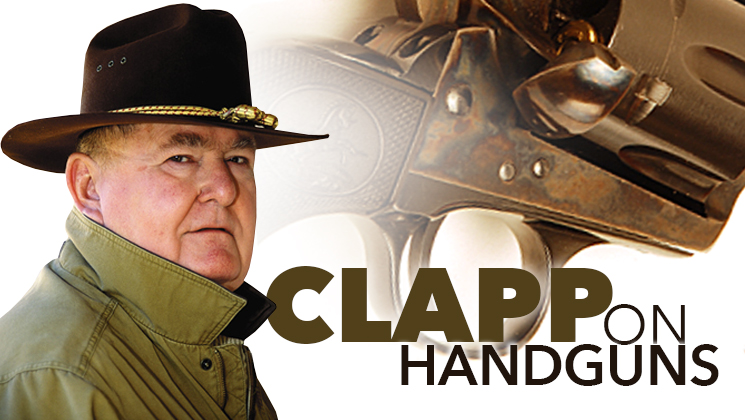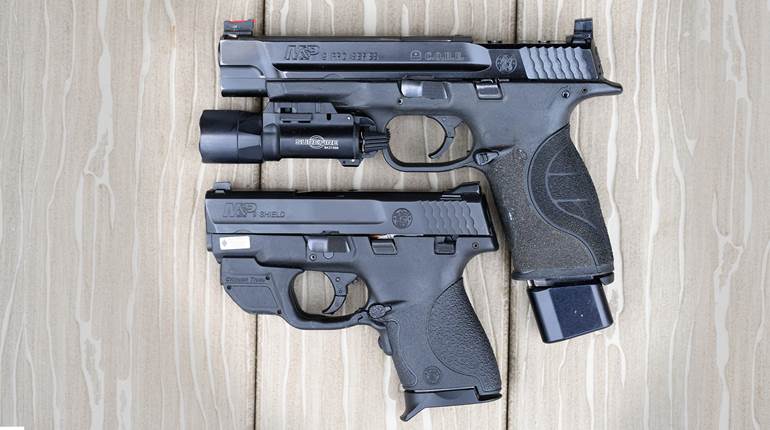
The automatic pistol was a new and intriguing device in the early part of the 20th Century. While the first ones may have come from Europe, it didn't take the canny American arms industry very long to pick up on the potential of a quick-to-load handgun that automatically removed and replaced the fired cartridge in the chamber. The guns caught on quickly and gun makers soon offered their own seme-auto pistols, particularly those of the small-to-medium size commonly known as “pocket” autos. By 1920, gun stores offered a number of both domestic and imported guns. While the market was dominated by Colt and Savage, you could also find elegant Smith &Wesson and Remington gun as well. Any one of these models is worth a complete book. But there is yet another model that was made in Gun Valley and was nowhere near as popular. It was the Harrington & Richardson .32 ACP. All guns in this category—made by these five makers—were very well made, fitted and finished. Lots of good tool steel.
I have an idea that the H&R's unwieldy appearance may have contributed to its lack of popularity. The gun had a big squared slide and a skinny barrel sticking out the front. A blowback pistol, this H&R needed a hefty slide to work right and that meant the weight was to the rear. I have handled samples of all five makes and I believe the clumsy H&R is ergonomically superior to all the others. That is, superior in the sense of performing well in the owner's hand during the act of firing. The H&R may not look as cool or hide in the waistband as neatly, but it is comfortable and easy to shoot. The reason for this is when you are aiming a pistol at eye level, you want a butt section that sits at a slight angle to the axis of the barrel (yeah, like the immortal 1911). The H&R has that, as well as a trigger positioned for a straight-to-the-rear pull. With a butt long enough to accept a full three-fingered grip and an oval trigger guard that permits a good high grip, this little pistol is a natural for aimed fire. For a pocket gun, where sights are often an afterthought, this one has sights that are an excellent compromise. Purists would be aghast at the up-to-fire, down-to-safe thumb safety (it's backwards!), but they need to get over it.
You have to wonder who came up with this design and the answer is pretty simple. It was the legendary revolver makers of Webley & Scott in the United Kingdom. This respected maker offered a line of vest pocket and pocket autos in the same period. The Webleys were very similar in appearance, although they most commonly had exposed spur hammers, while the H&R versions had internal hammers. Apparently, the H&R management was able to acquire the rights to make these guns in the United States. They appear to be well-designed, solidly built pistols cursed by chambering in an ineffectual caliber and a rather unorthodox profile.





































